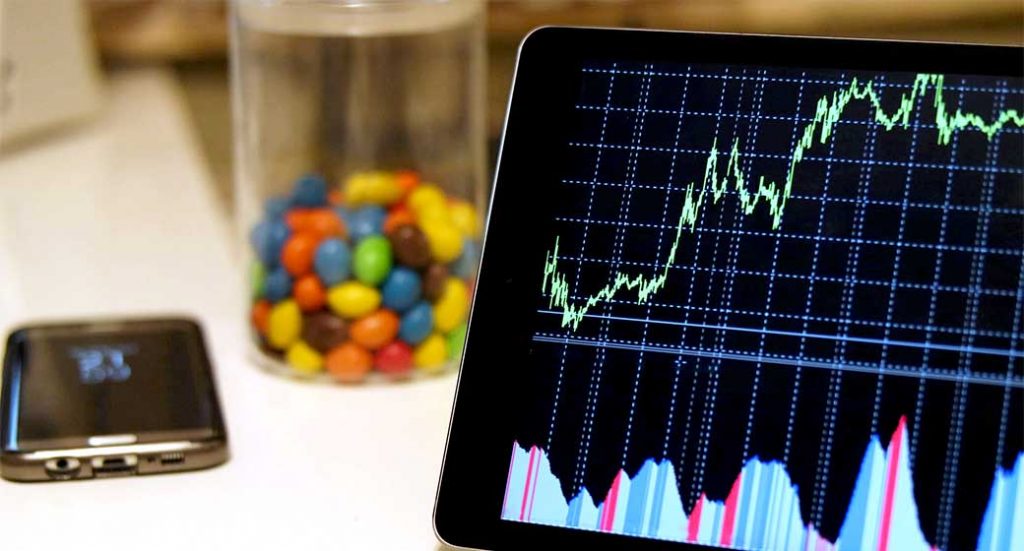This issue of Trend Watch has a common theme: Restaurant Labor.
Employees are one of the largest expenses in running a restaurant. Competition is heating up and businesses are trying to squeeze every penny of profit out of their restaurant. So it isn’t surprising that there are technology solutions stepping in to help.
Robot Burgers
Both the Wall Street Journal and Wired Magazine have feature articles on Alex Vardakostas‘ new San Francisco restaurant, Creator. The point of interest isn’t the food, but the way that it is cooked. A robotic “burger bot” creates all the restaurant’s burgers without human intervention.
From the slicing of the brioche bun, to freshly sliced pickles, onions and tomatoes, to toppings applied down to the ounce, the burger is precisely assembled without the aid of a human cook.
This isn’t the first foray into robotic burger chefs. We’ve seen Flippy, the burger flipping robot in action. But unlike Flippy who just turns burgers over on the grill, the new burger bot at Creator takes the process all the way without human intervention.
Is this the first step in replacing human chefs with robots? Perhaps. But keep in mind that robots really excel at repetitive, narrowly defined tasks. It will be a while before we have fully robotic chefs. But the point here is that there are ventures afoot to take humans out of the equation. And the future may be closer than you think.
Celebrity Chef Daniel Boulud and a group of MIT grads have designed a gourmet restaurant called Spyce, where the food is prepared by robots. This goes way beyond flipping burgers and may be a window into the future of the restaurant industry.
We Don’t Need No Stinkin’ Cashiers
If you have been in some McDonald’s or Wendy’s locations lately, you may have noticed a new addition to the ordering area: Self-Service Kiosks. These large touchscreen devices are being phased in at many locations. They allow a customer to customize, order and pay for their food without interacting with a human.
To date, we haven’t seen any major chain restaurants completely phase out human cashiers. But as we discussed in our article on Google’s new Duplex AI, it seems like this is an area where human jobs may indeed be at risk.
By using self-service kiosks, restaurants can reduce the number of employees needed to service their customers, thus, reducing costs.
A subtle variant of this idea is being seen in tabletop tablets used for ordering in some fast casual restaurants. These tablets also allow customers to order without assistance from a human server, although typically a human would be needed to actually serve the food.
Card Please, No Cash
Another trend may go hand-in-hand with self-service ordering: Going Cashless. There have been quite a few articles on the rise of cashless restaurants of late. Famous chefs such as David Chang and Danny Meyer both have concepts where cash is on the outs. It’s all about the card now.

But these cashless utopias are not without their controversies. Some say that going cashless is actually classist and discriminates against lower socio-economic status customers.
But even setting aside that issue, there are actual costs involved in going cashless. The primary cost involves credit and debit card fees. These transaction fees can eat into already thin margins for the restaurant.
Fortunately, many of the current kiosk systems also allow for cash payments, much like self-service checkouts found at grocery stores. However, the research seems to indicate that cashless transactions are speedier. Given this, there may be a move toward more cashless, self-service businesses in the foodservice industry.
Foodservice Workers: The New Frontier for the Gig Economy?
The foodservice industry has a central conflict between two trends. First, as noted above, restaurants are looking for ways to reduce the number of employees needed as a way to reduce costs. But at the same time, there is a shortage of foodservice workers available to fill open positions.
Some pundits have blamed the shortage of foodservice workers on services like Lyft and Uber that allow workers to set their own hours and work flexibly.

But now a new service intends to use that same methodology to put the principles of the gig economy to work in the restaurant business.
A new service called Pared aims to connect restaurant workers looking for shifts with restaurants that need help.
Much like an Uber driver, workers can pick up shifts for which they are qualified at a variety of different restaurants in their area. This gives the workers an unprecedented level of control over their employment. However, critics are quick to point out that working in this manner often means that these transient employees will not qualify for benefits such as health insurance or paid time off.
So while it may come with some scheduling benefits, being a gig-based restaurant worker probably isn’t for everyone.
But it does show how the industry is reacting to all the various trends afoot. And it remains to be seen whether workers will embrace the gig-style of work in the restaurant industry.
All in all, the delicate balance between restaurant industry profitability and restaurant workers will continue to be the focus of trends worth watching for quite a while to come.



